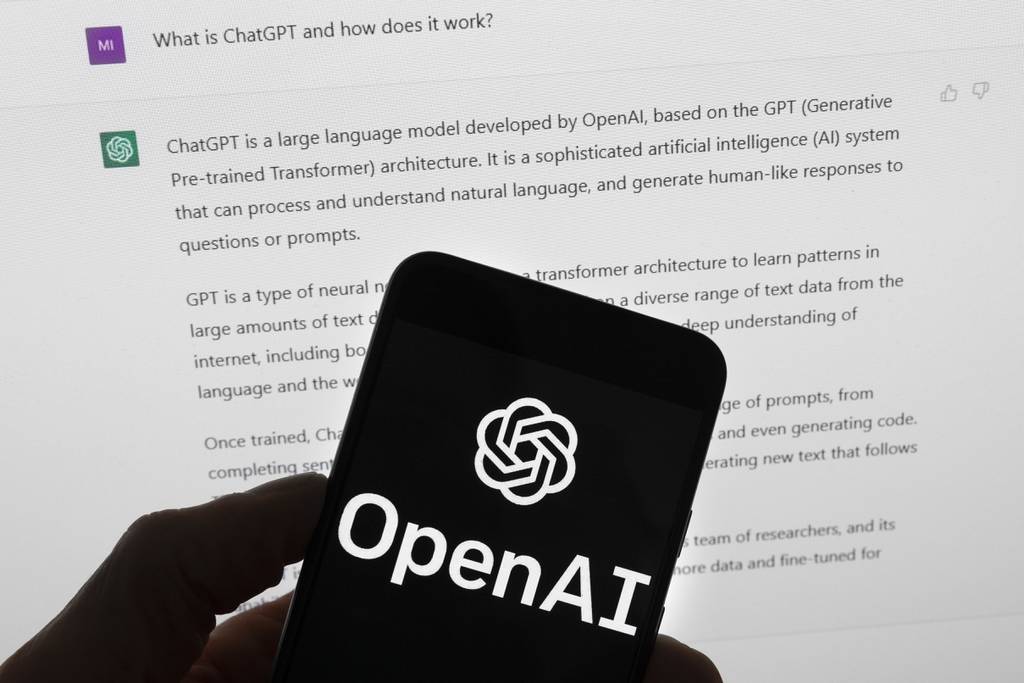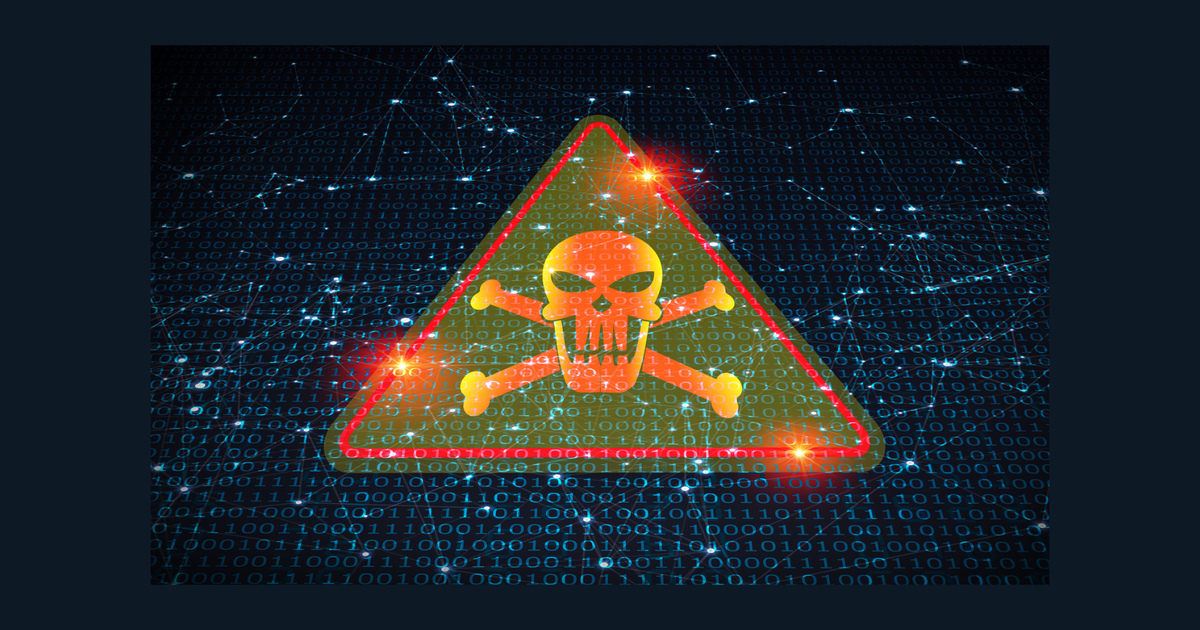Over the last year, Generative AI and AI-driven automation have significantly enhanced the ability to swiftly analyze extensive datasets, leading to well-informed decision-making and improved operational performance across various government management domains including strategy, finance, human resources, IT, application delivery, and the supply chain.
These innovative technologies have played a pivotal role in assisting agency leaders in meeting federal mandates aimed at enhancing the federal customer experience, ensuring overall compliance, and addressing the imperative to modernize outdated IT systems.
Concurrently, the federal government has underscored the critical importance of the responsible utilization of AI, addressing apprehensions regarding bias, security vulnerabilities, human rights protection, and the erosion of public trust. In October, the White House issued an executive order titled “Safe, Secure, and Trustworthy Artificial Intelligence,” outlining key areas where agencies should concentrate their efforts to guarantee AI’s safety and security through standardized testing, fostering public-private collaborations, and implementing privacy-enhancing technologies.
Furthermore, the executive order mandates agencies to empower consumers and federal employees through measures aimed at reducing AI-related harm. Additionally, bipartisan legislation titled “The Artificial Intelligence Research, Innovation, and Accountability Act of 2023” was introduced in the Senate in November. If approved, this legislation will establish a framework for AI innovation, ensuring transparency, accountability, and security while setting up enforceable testing standards for “high-risk” AI systems within agencies.
Amid ongoing discussions among agency leaders regarding the future integration of AI in government operations, a fundamental question arises: How can management teams effectively and responsibly integrate these emerging technologies into their agency’s mission strategies while upholding principles of openness, flexibility, and compliance?
Responsible Implementation
The recent AI executive order from the White House presents specific measures to guide agencies in adopting responsible AI practices and AI-driven technologies, all of which should be integral to an agency’s management strategy. For instance, it necessitates the appointment of chief artificial intelligence officers to oversee AI implementation across agencies, drive innovation, manage risks, and ensure compliance with federal regulations. In a further show of support for this role’s significance, the OPM has granted direct hire authority and excepted service appointments to support these AI directives.
Moreover, agencies should establish an internal AI governance board to address AI-related concerns and formulate strategies for high-impact use cases. These boards should seamlessly integrate into existing agency governance structures to ensure that AI is viewed as a fundamental capability for executing the agency’s mission rather than being treated in isolation. The executive order also emphasizes that operational authorizations should prioritize technologies like GenAI and other emerging tools such as AI-powered automation. Agencies are encouraged to consider establishing an Automation Center of Excellence comprising a diverse group of agency business leaders, AI experts, and technology specialists.
This Center of Excellence should primarily focus on digital operations rather than technical aspects, a prerequisite for leveraging AI’s potential to impact mission-critical objectives. The effectiveness of AI in delivering measurable outcomes hinges on its integration and utilization in existing mission processes to enhance results, necessitating a genuine focus on digital operations. This shift entails collaborating with agency mission owners to address pertinent challenges first and foremost.
AI, distinct from other technologies, operates in an assistive capacity, engaging with and understanding the specific objectives of individuals or processes. Consequently, COEs must transition from a technical orientation to a more operations-centric role, comprehending how best to deploy AI to support specific business goals. Key elements of COEs include establishing governance frameworks, continually enhancing and scaling automation initiatives, empowering employees, tailoring operational services to meet agency requirements, and aiding in quantifying AI’s impact on mission operations.
AI-Powered Automation
While AI is often discussed as a unified technology, it spans a spectrum ranging from narrowly applied AI to personal productivity tools integrated with collaboration software, to the expansive capabilities of generative AI models like LLMs that have captured widespread attention. Selecting the appropriate type of AI to drive specific agency outcomes is a crucial initial step in effectively and responsibly leveraging AI.
All responsible AI systems rely on data for enhanced performance, necessitating assurances of data security for federal employees and other users. Once an agency determines the AI technology to deploy, the subsequent step involves understanding the data requirements for training and refining it. In cases where agencies utilize third-party models, ensuring that the model’s development adhered to legal and compliant practices is imperative. Furthermore, all AI-powered automation models should incorporate robust and auditable measures to safeguard customer data.
These models and algorithms must be constructed on reliable data, mitigate potential biases during training, and conform to data compliance regulations such as the General Data Protection Regulations (GDPR) in the U.S. and globally.
Governance Frameworks
As part of their management strategy, agency leaders should embed guardrails and governance mechanisms into AI-powered models to ensure the ethical and responsible deployment of AI in workflows. An automation platform plays a pivotal role in achieving this objective by regulating how, where, and in what manner AI is integrated into mission processes. This platform can facilitate explicit control over AI utilization, incorporate human oversight protocols, and rigorously govern the data utilized in AI decision-making processes.
Moreover, a software automation platform can establish an enterprise AI trust layer, documenting every interaction with a model, ensuring ongoing data auditability, and preserving privacy. This capability enhances governance and compliance across diverse AI technologies, applications, and use cases, thereby bolstering trust and transparency in AI for agencies.
By developing standards and leveraging software automation, agencies can mitigate AI-related risks such as privacy concerns, biases, and data security vulnerabilities. These measures enable agencies to construct reliable and compliant AI-powered automation models that seamlessly integrate with legacy IT systems.
People-Centric Approach
At its core, AI serves as an assistive technology that empowers agencies to deploy increasingly sophisticated intelligent digital assistants, enriching how government employees accomplish tasks. A responsible approach to AI and AI-powered automation transcends cost reduction, speed enhancement, and performance improvement, recognizing that enhancing employee experience and shaping the future of government work are fundamental components of any AI initiative.
Agency leaders should incorporate these emerging technologies into their federal management strategies to make them accessible to all, providing users with the requisite training and tools to comprehend and effectively utilize them. Federal employees, vendor partners, and authorized users should have access to responsible AI systems to aid decision-making and achieve mission objectives. Additionally, AI-powered systems can facilitate upskilling within federal agencies, prompting human resource departments to develop AI training programs that assist employees in navigating these technologies.
Innovation with Integrity
As emerging technologies progress, the responsible development and utilization of AI and AI-powered automation emerge as pivotal elements in effectively managing operations and attaining mission objectives. By thoughtfully and conscientiously embracing these technologies, agencies can deliver expedited, more efficient services to citizens, empower their workforce, and establish a global benchmark for the ethical application of AI.
The journey toward responsible AI and AI-powered automation is ongoing, but with sustained collaboration, education, and transparency, agencies possess the capabilities to harness the transformative potential of these emerging technologies while upholding the values crucial to their employees and citizens, meeting their expectations of government.
Mike Daniels, the Senior Vice President of Public Sector at UiPath, a leading provider of robotic process automation software.










